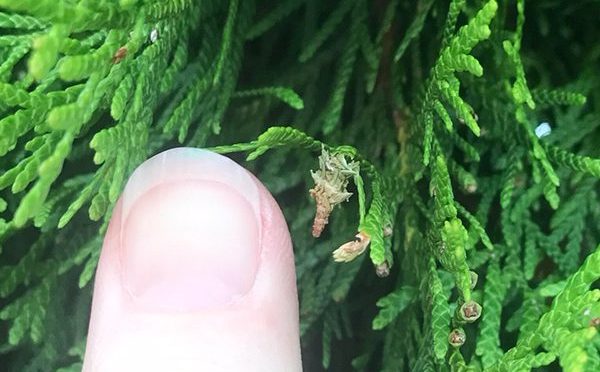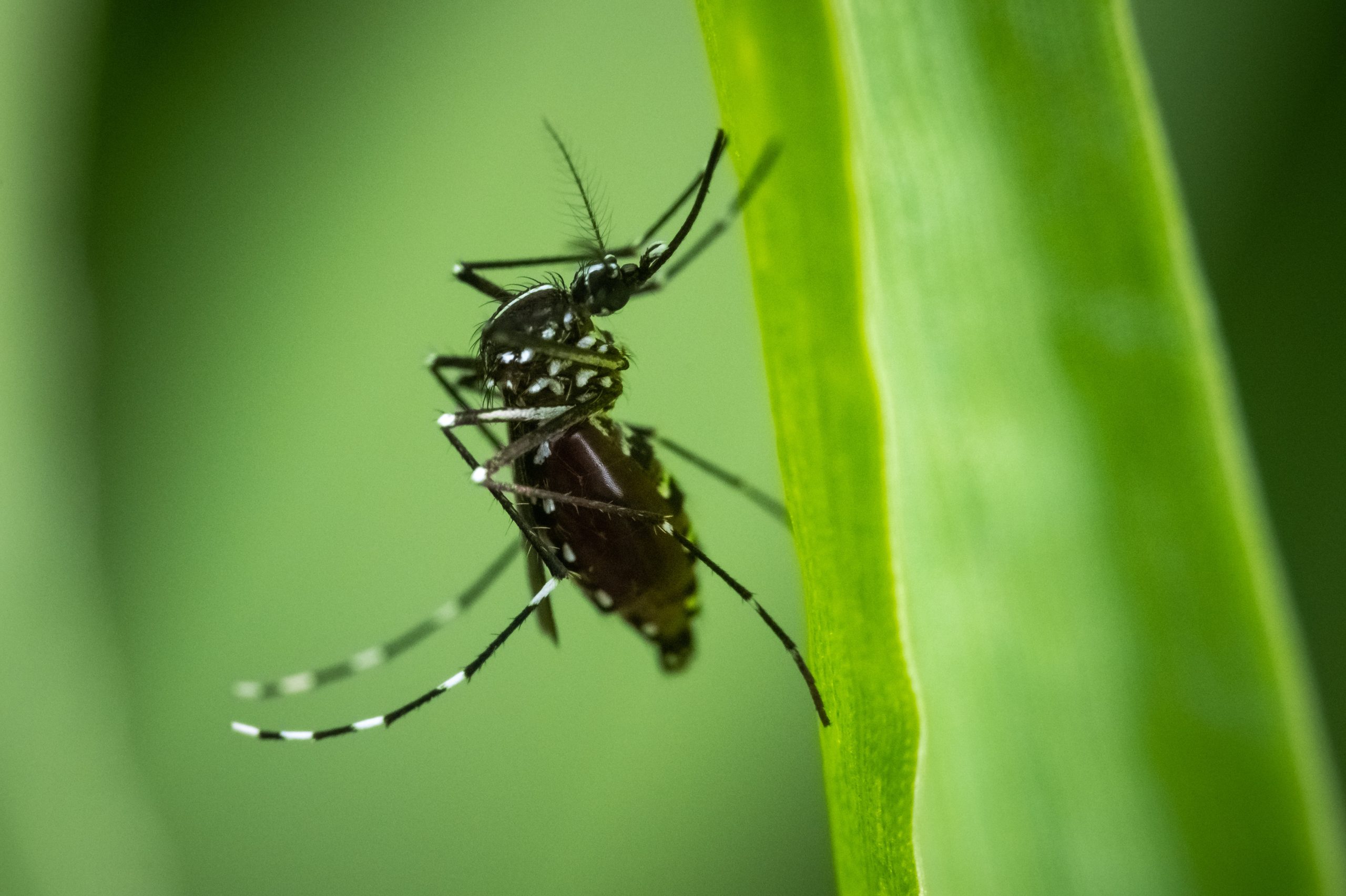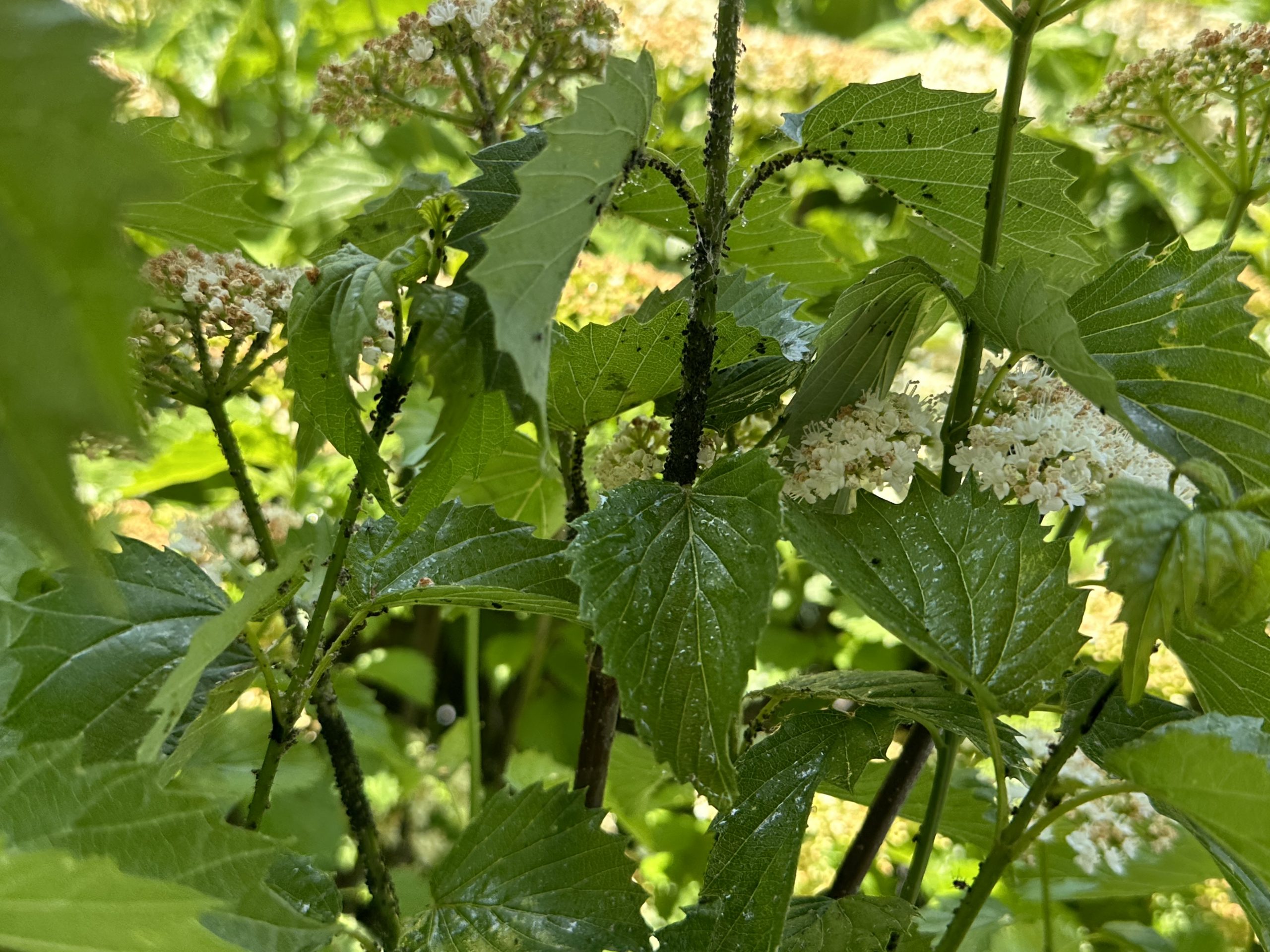How do you decide when to make your pesticide applications?
- Do you base it on a date on the calendar?
- Do you use growing degree days?
- Or do you use phenological indicators?
Phenology is the study of naturally recurring biological events in plant and insect life cycles. You can use things like plant bud break or bloom time to predict when certain weeds will emerge or when certain insects will hatch.
Many lawn care applicators know that when forsythia starts to bloom, it’s time to apply your crabgrass pre-emergent. But do you know these other common phenological events?

Catalpa bloom indicates euonymus scale is in the crawler stage and bagworms are hatching.




Pine needle scale eggs hatch when the common lilac is in full bloom.


When black locust trees bloom, bronze birch borer and emerald ash borer adults emerge.


When Vanhoutte spirea bloom, you’ll find gypsy moth larvae, European pine sawfly larvae, and oystershell scale crawlers.

Japanese beetle adult emergence coincides with linden bloom.


Lecanium scale crawlers appear when oak leaf hydrangeas are at full bloom.
Additional Tips and Resources
Phenological indicators can help you have better timing of your pesticides. With better pesticide application timing, you will get better control of your target pests. Many turf and ornamental applicators cannot make all applications at the perfect time, so using a pesticide with a longer residual will help! Think FMC’s Scion versus standard bifenthrin. It contains gamma-cyhalothrin and is the longest-lasting pyrethroid on the market. You can get 90 days on hard surfaces.
Growing degree days can be harder to use and can be more variable than plant phenology. There are some good GDD trackers out there including www.gddtracker.net. However, using indicator plants can be more consistent and easier if you know what to watch out for.
Dr. Dan Hermes, an entomologist at Ohio State, has developed an extensive biological calendar for 19 ornamental plants and 43 key insect and mite species (www.oardc.ohio-state.edu/gdd/). Go to the site and you can enter your Ohio zip code (or one along the same geographical line) and see what is happening in your area.
Donald Orton wrote Coincide: The Orton System of Pest and Disease Management. He based this book about phenological indicators based on 20 years of field research.
Do a little research in your state to find out more about your local phenological indicators.
Also, don’t hesitate to contact your ATS sales rep for advice on timing and products for any of your upcoming applications.















